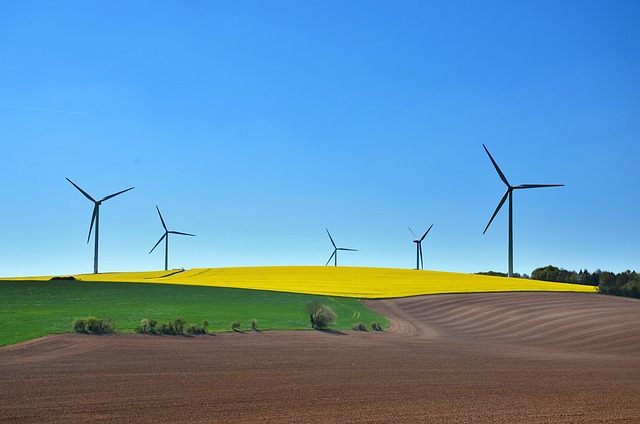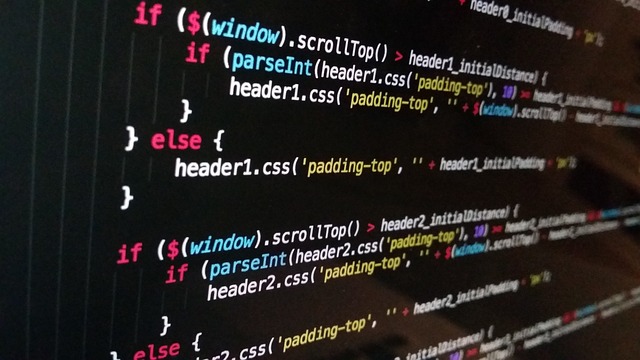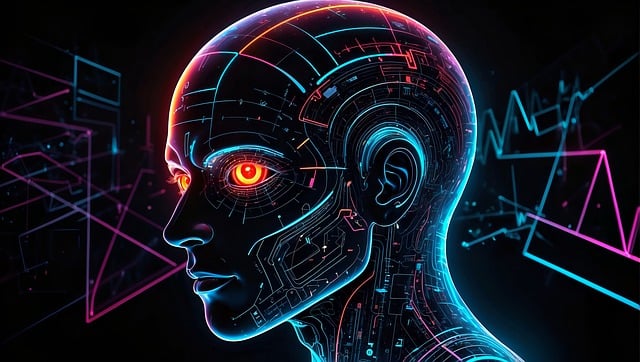Artificial intelligence (AI) is increasingly being integrated into efforts to address global challenges, including sustainable development. By leveraging AI, industries and organizations can better manage resources, reduce waste, and ensure long-term sustainability. From optimizing energy consumption to protecting biodiversity, AI tools are helping societies transition towards more sustainable practices. In this post, we’ll explore 10 AI tools that are making significant contributions to sustainable development.
10 Best AI Tools for Sustainable Development
These AI tools are shaping the future of sustainability by improving efficiency, reducing environmental impact, and fostering innovation across various sectors. Whether you’re involved in agriculture, urban planning, or renewable energy, these tools offer valuable insights and solutions for a sustainable future.
ClimateAI
ClimateAI is an innovative platform that uses machine learning to predict climate risks and help organizations adapt to changing environmental conditions. By analyzing vast datasets, the tool can forecast weather patterns, droughts, and other climate-related risks, enabling governments and businesses to make data-driven decisions. This level of predictive analysis can be instrumental in reducing the impact of climate change on agriculture, water management, and urban planning.
In agriculture, for instance, farmers can use ClimateAI to optimize irrigation schedules and select crops that are more resilient to climate fluctuations. The tool also provides insights into potential supply chain disruptions due to extreme weather events, allowing businesses to mitigate risks in advance. Ultimately, ClimateAI empowers decision-makers to act proactively and contribute to sustainable development.
OpenAI for Environmental Research
OpenAI’s advanced language models are being employed in environmental research to process large amounts of data and generate actionable insights. Researchers use these models to analyze scientific papers, policy documents, and climate data, which helps them develop strategies to combat environmental degradation. By streamlining research processes, OpenAI significantly speeds up sustainability projects and enables better decision-making.
Additionally, OpenAI tools are helping to forecast the effects of environmental policies, allowing policymakers to choose the most effective measures for long-term ecological health. Whether it’s calculating carbon emissions or monitoring deforestation, OpenAI’s capabilities extend far beyond traditional analytics, ensuring that sustainable development initiatives are well-supported by data.
Google’s TensorFlow for Environmental Impact
TensorFlow, Google’s open-source AI platform, has proven to be a valuable tool in tracking and reducing environmental impacts. Researchers and organizations use TensorFlow to develop machine learning models that monitor deforestation, track animal populations, and even predict future environmental trends. By analyzing satellite imagery and other data sources, TensorFlow helps track environmental changes with precision, which is critical for maintaining biodiversity and natural ecosystems.
One of the key applications of TensorFlow is in monitoring the health of forests, which are essential for carbon capture and maintaining global biodiversity. By identifying areas of concern, governments and NGOs can take targeted actions to conserve ecosystems. Additionally, TensorFlow is being used in renewable energy projects to optimize energy production and consumption, making it a versatile tool for various aspects of sustainable development.
IBM’s Green Horizons
IBM’s Green Horizons initiative focuses on using AI to address environmental challenges like air pollution, climate change, and renewable energy optimization. By integrating data from various sensors and satellite imagery, the platform can analyze and predict environmental conditions. This allows policymakers and businesses to take real-time action to reduce pollution or improve energy efficiency.
For example, in cities suffering from air pollution, Green Horizons uses AI to forecast air quality levels and suggest optimal times for industrial activities to reduce emissions. Additionally, the tool helps renewable energy companies optimize the output of solar and wind farms by forecasting weather conditions that affect energy production. In this way, IBM’s Green Horizons contributes to more sustainable urban environments and energy systems.
Microsoft AI for Earth
Microsoft’s AI for Earth initiative offers a suite of tools that support projects aimed at solving global environmental challenges. This platform provides AI-powered tools for applications like biodiversity monitoring, climate change modeling, and sustainable agriculture. By partnering with environmental organizations, Microsoft AI for Earth is fostering innovation in areas that are critical to the planet’s future.
One of the major benefits of AI for Earth is its accessibility. The platform provides resources, grants, and tools to help smaller organizations integrate AI into their sustainability efforts. Whether it’s using AI to analyze satellite images for signs of illegal deforestation or applying machine learning to optimize water usage in agriculture, AI for Earth is equipping change-makers with the technology needed to address environmental issues effectively.
Blue River Technology
Blue River Technology, owned by John Deere, uses AI to revolutionize sustainable agriculture through its precision farming tools. The company’s See & Spray technology uses computer vision and machine learning to identify weeds in crops and apply herbicide only where necessary. This reduces the amount of chemicals used in farming, which in turn lowers environmental contamination and promotes soil health.
Farmers who adopt Blue River’s technology can save costs and reduce their ecological footprint while ensuring higher crop yields. The system’s ability to analyze and act on real-time data makes it a critical tool for sustainable agricultural practices. Additionally, its AI-driven approach minimizes resource waste and promotes responsible farming, aligning with sustainable development goals.
DeepMind for Energy Efficiency
DeepMind, Google’s AI research lab, has applied its advanced algorithms to optimize energy usage in data centers. By using AI to predict cooling needs and adjust energy consumption, DeepMind reduced Google’s data center cooling bill by 40%. This energy efficiency breakthrough demonstrates how AI can help industries lower their carbon footprints while maintaining operational efficiency.
Beyond data centers, DeepMind’s energy optimization techniques can be applied in industries that rely heavily on cooling and heating systems, such as manufacturing and large commercial buildings. The potential for AI-driven energy savings is vast, and DeepMind’s work offers a blueprint for how companies can use AI to reduce their environmental impact without sacrificing productivity.
Xylem Vue
Xylem Vue is a powerful AI-driven platform designed to tackle global water challenges by improving water and wastewater management. By using predictive analytics, Xylem Vue helps municipalities and utilities optimize their water distribution networks, detect leaks, and prevent contamination. This contributes to more efficient use of water resources, which is a critical component of sustainable development, especially in regions facing water scarcity.
With Xylem Vue, cities can minimize water loss and ensure that clean, safe water is available to more people. Additionally, the platform helps in reducing energy consumption related to water treatment processes, further contributing to environmental sustainability. Xylem Vue’s comprehensive approach makes it a key player in the global effort to conserve one of our planet’s most precious resources.
GridOS by AutoGrid
AutoGrid’s GridOS platform is an AI-driven tool that helps utilities optimize the production and distribution of renewable energy. By managing energy demand and predicting supply from renewable sources like wind and solar, GridOS ensures that energy grids operate efficiently and sustainably. This not only reduces reliance on fossil fuels but also lowers energy costs for consumers.
GridOS plays a crucial role in the transition to clean energy by making energy systems more flexible and adaptable to fluctuations in supply. As more countries aim to meet renewable energy targets, AI tools like GridOS will be essential in managing energy grids that rely on intermittent sources of power.
Sense
Sense is an AI-powered tool that helps homeowners and businesses monitor their energy consumption in real-time. By providing detailed insights into energy usage patterns, Sense allows users to identify opportunities to reduce waste and lower their environmental impact. The platform uses machine learning to detect which devices are using the most energy, enabling users to make informed decisions about their energy consumption.
In addition to lowering electricity bills, Sense contributes to sustainability efforts by encouraging more mindful use of energy resources. The tool also integrates with renewable energy systems, making it easier for users to track the performance of solar panels or other green energy solutions.
Conclusion
AI tools for sustainable development are playing an increasingly vital role in tackling global environmental challenges. From optimizing energy use to protecting biodiversity, these technologies are driving progress towards a more sustainable future. As AI continues to evolve, its applications in sustainability will only expand, offering new solutions for some of the world’s most pressing issues. By adopting these tools, businesses, governments, and individuals can contribute to a more environmentally conscious and sustainable world.






